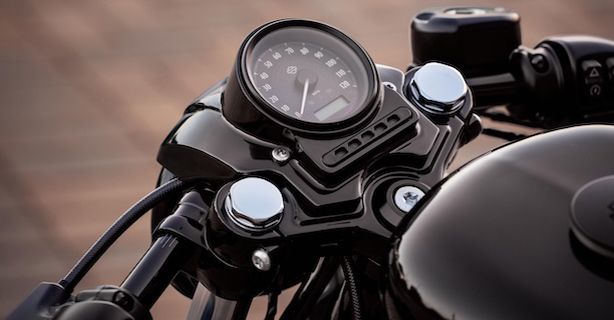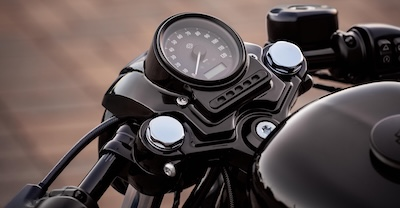If you’re thinking about buying a used motorcycle or wondering how long your current ride might last, you’re probably asking: what counts as high mileage?
It’s a fair question and one that doesn’t have a simple answer.
Whether you’re concerned about reliability, value, or even insurance, understanding what high mileage means for a motorcycle can save you time and money.
WHAT DOES “HIGH MILEAGE” MEAN?
The term 'high mileage' doesn’t have a universal definition. For cars, we often think of 100,000 miles or more as the benchmark, but motorcycles are a different story.
Motorcycles are built for different purposes, have varied engine sizes, and often experience a rougher ride than cars. For some motorcycles, 20,000 miles may seem high, while for others, 50,000 miles means the engine is getting warmed up.
Given these differences, it’s natural to wonder: 'How does my bike’s mileage compare to average usage, and could this impact insurance costs?'
Understanding how insurers view mileage, alongside factors like make, model, and maintenance history, can help you anticipate potential impacts on premiums and coverage.
WHAT'S THE AVERAGE ANNUAL MOTORCYCLE MILEAGE?
On average, riders log about 3,000 to 5,000 miles a year. That number can vary widely depending on whether someone uses their motorcycle as a daily commuter, for weekend rides, or for long-distance touring.
If you see a 10-year-old motorcycle with 30,000 miles, it’s likely been ridden at a standard rate. Anything significantly higher or lower might be worth investigating further.
HOW MANY MILES CAN A MOTORCYCLE LAST?
This is where things get interesting. With proper care, motorcycles can last a surprisingly long time. Here are a few rough guidelines based on type:
Sport Bikes: Designed for speed and performance, sports bikes often have smaller, high-revving engines. They might start showing significant wear after 25,000 to 30,000 miles if not well-maintained.
Cruisers and Touring Bikes: These are built for comfort and long distances. With regular maintenance, touring bikes can easily reach 60,000 to 100,000 miles or more.
Adventure and Dual-Sport Bikes: These rugged bikes are built for both on- and off-road use. Many owners report getting 50,000 miles or more, even with demanding usage.
Mileage matters, but it’s just one piece of the puzzle. Service history and overall condition often paint a clearer picture.
What's The Bike's Service History Like?
A motorcycle with 50,000 miles but a pristine service record can often be a better buy than one with 15,000 miles and no normal servicing.
Regular oil changes, valve adjustments, and tire replacements are all signs of a well-cared-for bike.
When evaluating a used motorcycle, always ask to see maintenance records. Receipts or a detailed log suggest the previous owner has taken their bike seriously, and this history might not only reassure you about reliability.
You Might Need To Break The Engine In
Did you know that the early life of a motorcycle engine is crucial to its longevity? Properly breaking in the engine - usually in the first 500 to 1,000 miles - sets the stage for its performance and durability.
If this critical step is rushed or skipped, it could affect how long the bike lasts. For used bikes, it’s worth asking how the bike was ridden in its early days if the owner knows.
How Was The Motorcycle Stored?
Storage conditions can have a significant impact on a motorcycle’s lifespan. A bike kept in a dry garage, protected from the elements, will typically age much better than one left outside in the rain, snow, or direct sunlight.
Weather exposure can lead to rust, corrosion, and degradation of materials like rubber and plastic. If a seller mentions they’ve kept their bike covered and indoors, it’s a big plus.
What Type Of Motorcycle Is It?
As we touched on earlier, different bikes have different lifespans. But why is that? It often comes down to how they’re built and used:
Sportbikes are designed for high performance but are often pushed to their limits, which can shorten their lifespan.
Cruisers and touring motorcycles are built for relaxed, steady riding, making them more durable in the long run.
Adventure bikes are engineered for rugged conditions and frequent maintenance, so they’re often able to handle high mileage if properly cared for.
Knowing what your bike was built to handle can help you gauge how much mileage is too much.
How Often Was It Ridden?
A motorcycle that’s ridden consistently is often in better shape than one that sits idle for long periods.
Engines are meant to run, and leaving a bike unused for months or years can lead to issues like dried-out seals, stale fuel, and rust.
When looking at a bike’s mileage, ask yourself: was this bike ridden regularly or left untouched for seasons at a time?
Think About The Previous Owner
Let’s be honest: the person's riding style behind the handlebars can tell you a lot about a bike’s history!
Someone who takes pride in their motorcycle, keeps it clean, and schedules regular maintenance is likely to sell you a better bike.
On the other hand, if the owner seems careless or unsure about their bike’s history, it’s worth taking a closer look.
IS MILEAGE THE ONLY THING THAT MATTERS?
Absolutely not. While mileage is an important factor, it’s just one part of the bigger picture.
Service history, storage conditions, and even how the bike sounds and feels during a test ride are just as crucial.
High mileage doesn’t necessarily mean a bike is on its last leg - it could simply mean it’s been enjoyed and well-maintained.
DOES HIGH MILEAGE MAKE YOUR INSURANCE GO UP?
This is a question many riders ask, but the answer depends on your insurer. Generally, motorcycle insurance focuses more on the bike’s make, model, and age than its mileage.
However, how you intend to use the bike yourself can have an impact.
If you’re putting a lot of miles on the clock, the risk can be seen as a greater risk, which may result in higher premiums.
Furthermore, higher mileage could impact the bike’s resale value, which might indirectly influence coverage costs. It’s always a good idea to check with your provider to understand their specific policies
Insurance Considerations for High-Mileage Motorcycles
Higher mileage often signals increased wear and tear, which could impact repair costs or claims payouts.
Additionally, you might wonder: "Does the type of mileage—highway or city—impact insurance risk?" Since highway miles generally result in less strain than stop-and-go city traffic, discussing this distinction with your provider could work in your favor.
By understanding how mileage factors into risk assessments and exploring tailored coverage options, you can ensure your bike remains adequately protected without overpaying.
BOTTOM LINE ON “WHAT IS HIGH MILEAGE FOR A MOTORCYCLE?”
So, what is high mileage for a motorcycle?
It depends on the type of bike, how it’s been maintained, and the care it’s received over its life. Instead of focusing solely on the number on the odometer, think about the bigger picture. A well-maintained motorcycle can keep running smoothly long after others have retired.
When buying used, it’s crucial to ask the right questions—not just about mileage, but also about the bike’s history and its potential impact on your insurance. For example: "How can I ensure my high-mileage motorcycle is adequately insured?" Understanding your insurance options and how providers assess high mileage can help you make informed decisions.
Additionally, consider: "What steps can I take to reduce my premiums despite higher mileage?" Exploring options like bundling policies, completing advanced rider courses, or maintaining a comprehensive service record can make a significant difference.
Trust your instincts, do your research, and don’t be afraid to walk away if something doesn’t feel right.
Related Resources
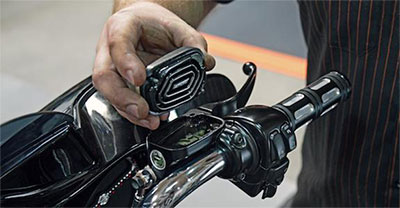
Struggling to start your motorcycle? Don't worry—we've got you covered with these essential troubleshooting tips to revive your ride and get back on the road.
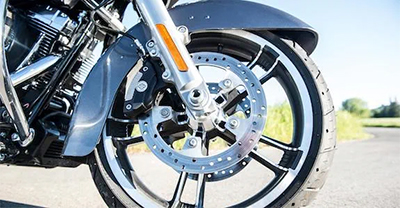
Ready, Set, Stop! Discover everything you need to know about motorcycle braking techniques to master this skill and reduce your risk while on the open road.
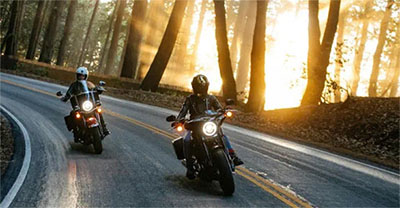
Motorcycle insurance premiums are based on many factors. Some choices are in your control, but some are legal requirements. Here’s what you need to know!
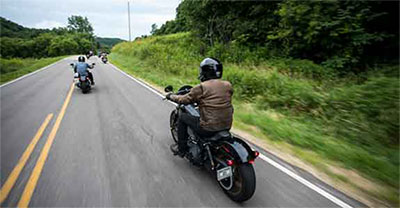
Choosing the right motorcycle insurance can be a daunting task—it needs to fit your needs and your lifestyle. Here's what you need to know!

